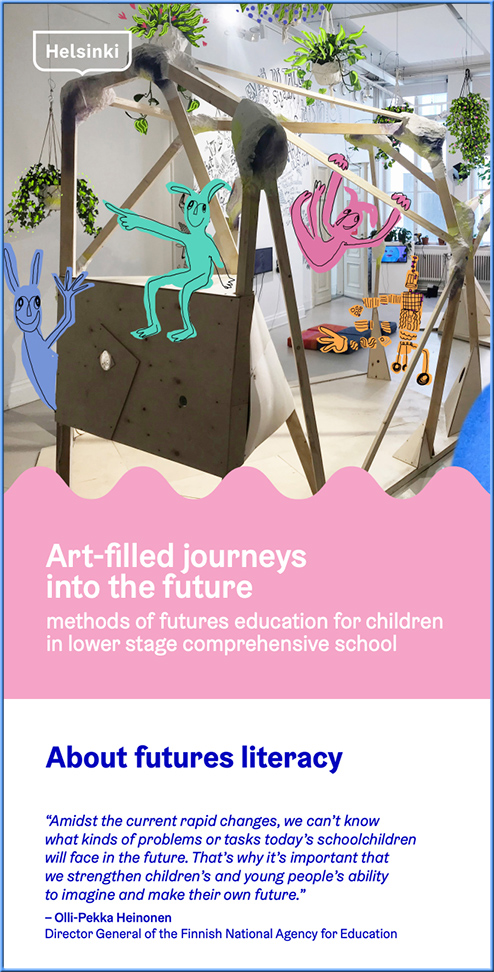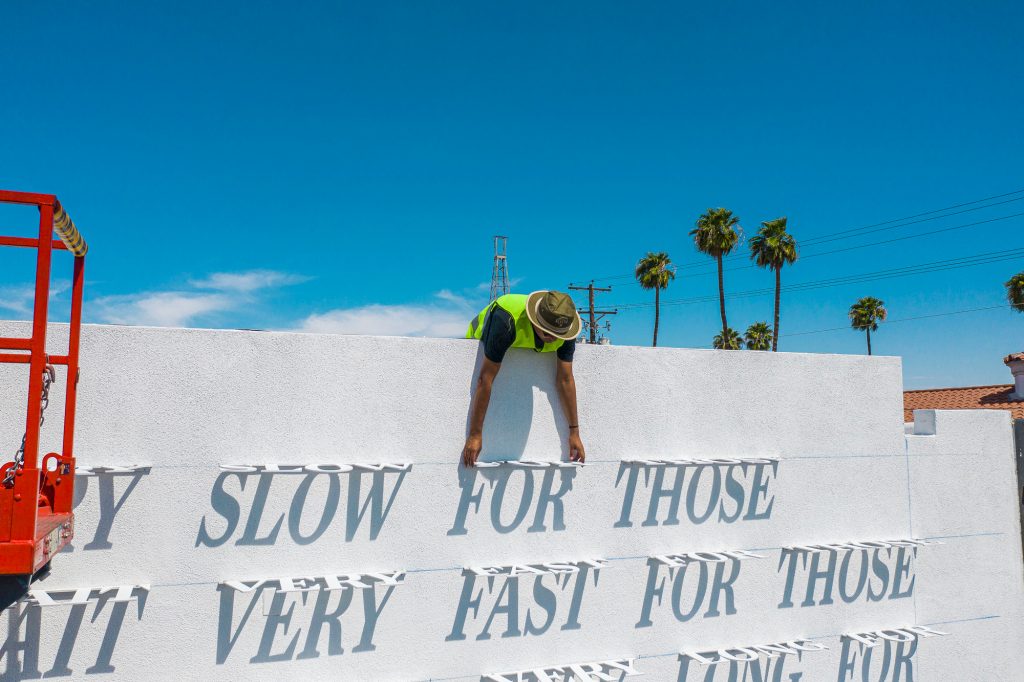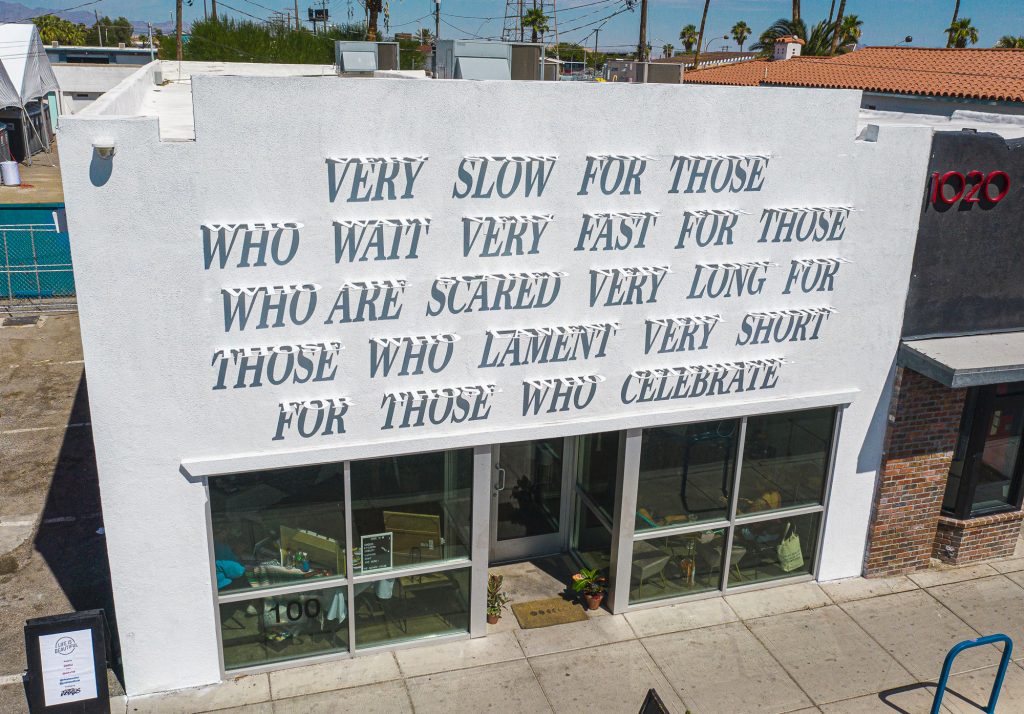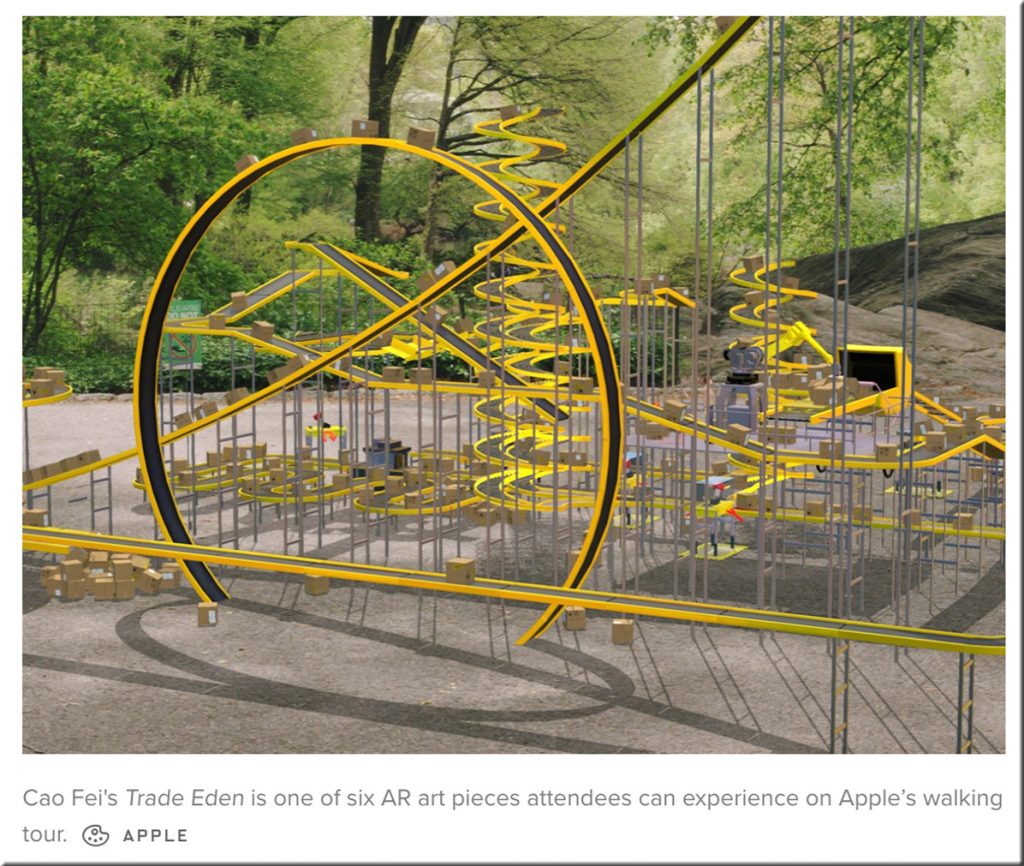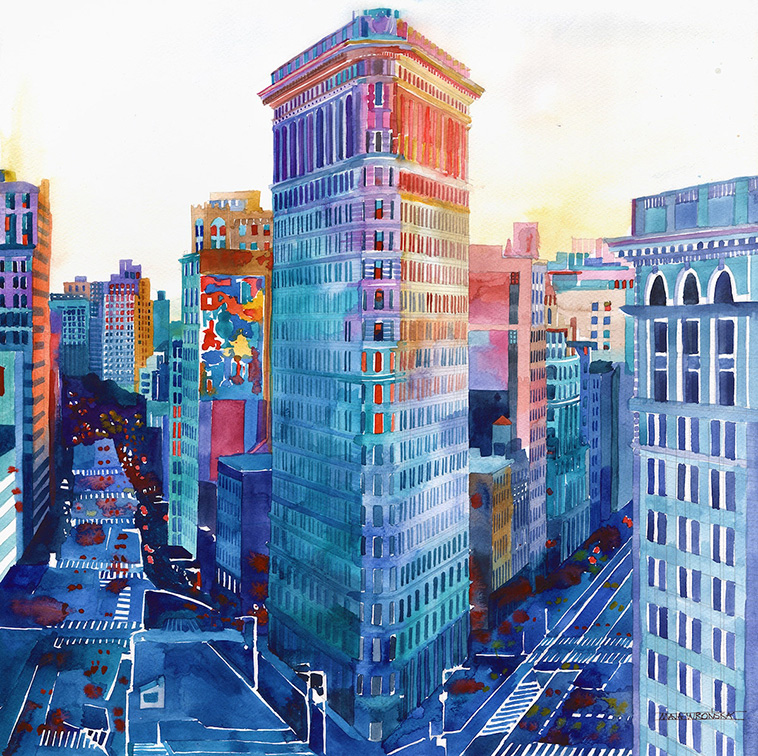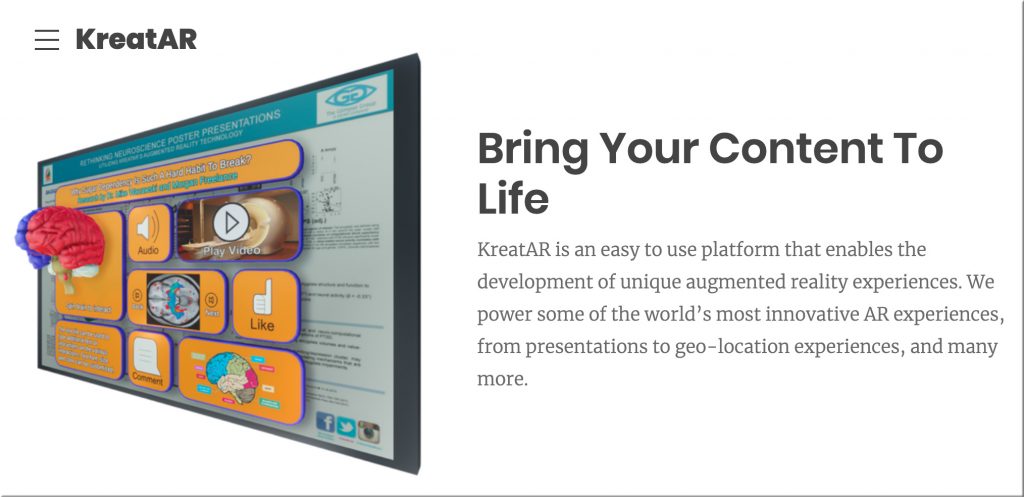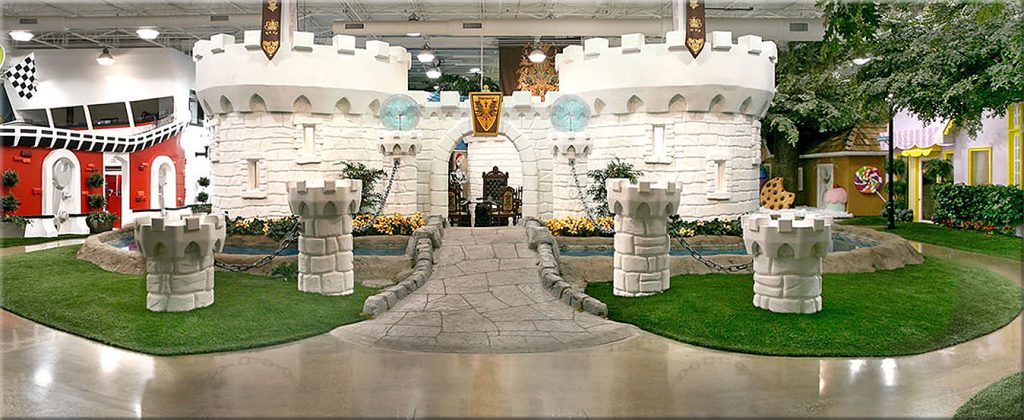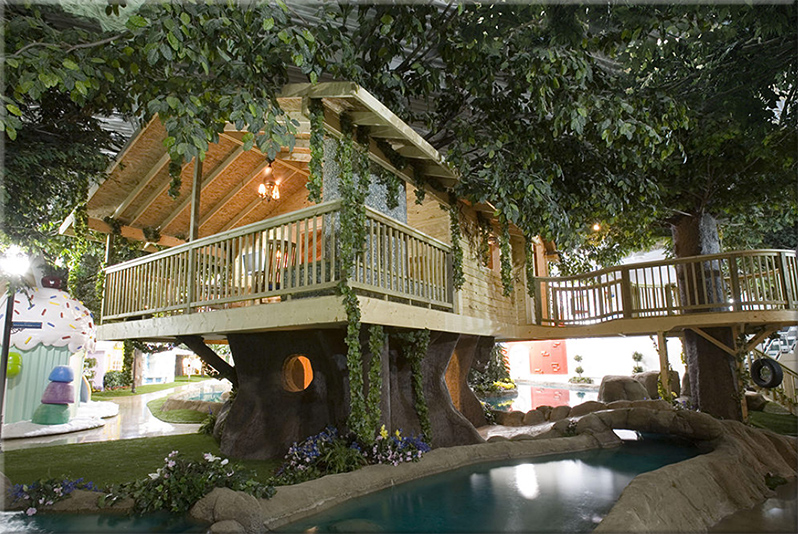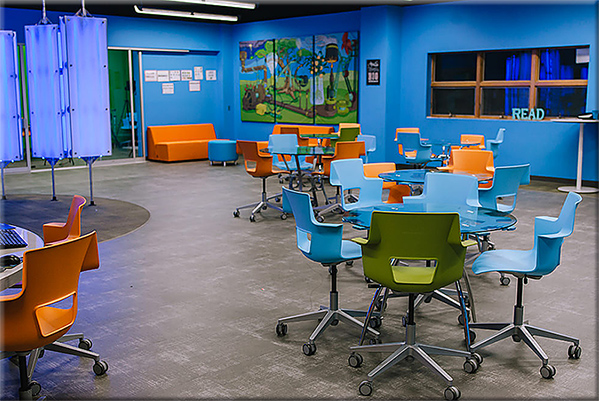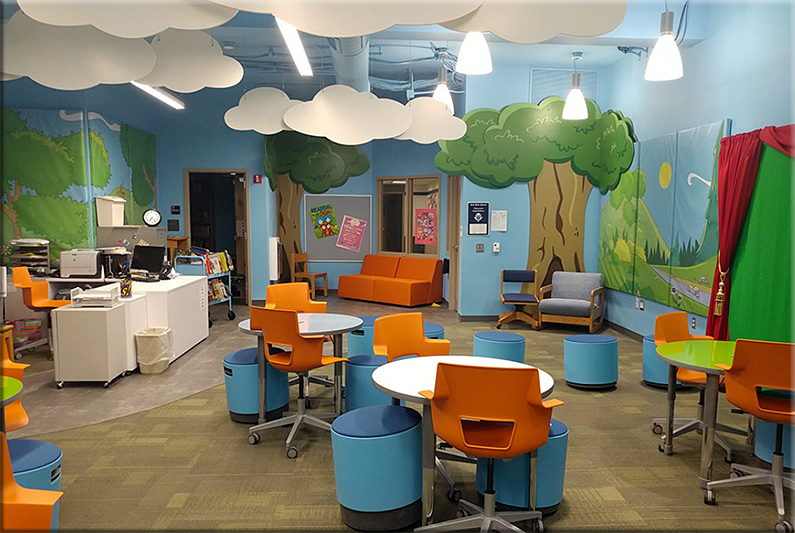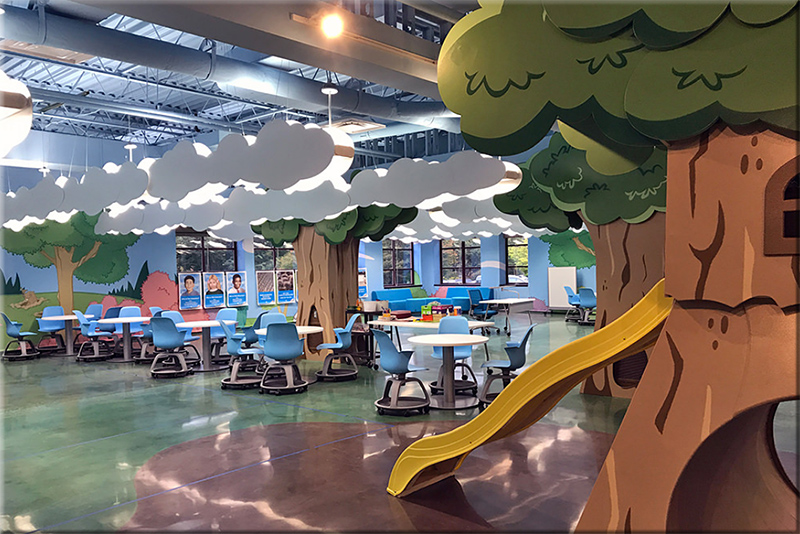The Research is in: 2019 Education Research Highlights — edutopia.org by Youki Terada
Does doodling boost learning? Do attendance awards work? Do boys and girls process math the same way? Here’s a look at the big questions that researchers tackled this year.
Excerpt:
Every year brings new insights—and cautionary tales—about what works in education. 2019 is no different, as we learned that doodling may do more harm than good when it comes to remembering information. Attendance awards don’t work and can actually increase absences. And while we’ve known that school discipline tends to disproportionately harm students of color, a new study reveals a key reason why: Compared with their peers, black students tend to receive fewer warnings for misbehavior before being punished.
…
CUT THE ARTS AT YOUR OWN RISK, RESEARCHERS WARN
As arts programs continue to face the budget ax, a handful of new studies suggest that’s a grave mistake. The arts provide cognitive, academic, behavioral, and social benefits that go far beyond simply learning how to play music or perform scenes in a play.
In a major new study from Rice University involving 10,000 students in third through eighth grades, researchers determined that expanding a school’s arts programs improved writing scores, increased the students’ compassion for others, and reduced disciplinary infractions. The benefits of such programs may be especially pronounced for students who come from low-income families, according to a 10-year study of 30,000 students released in 2019.
Unexpectedly, another recent study found that artistic commitment—think of a budding violinist or passionate young thespian—can boost executive function skills like focus and working memory, linking the arts to a set of overlooked skills that are highly correlated to success in both academics and life.
Failing to identify and support students with learning disabilities early can have dire, long-term consequences. In a comprehensive 2019 analysis, researchers highlighted the need to provide interventions that align with critical phases of early brain development. In one startling example, reading interventions for children with learning disabilities were found to be twice as effective if delivered by the second grade instead of third grade.











